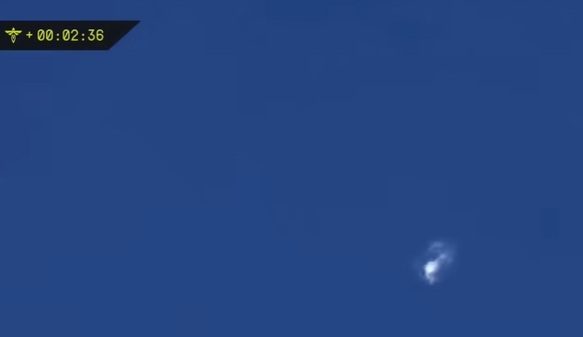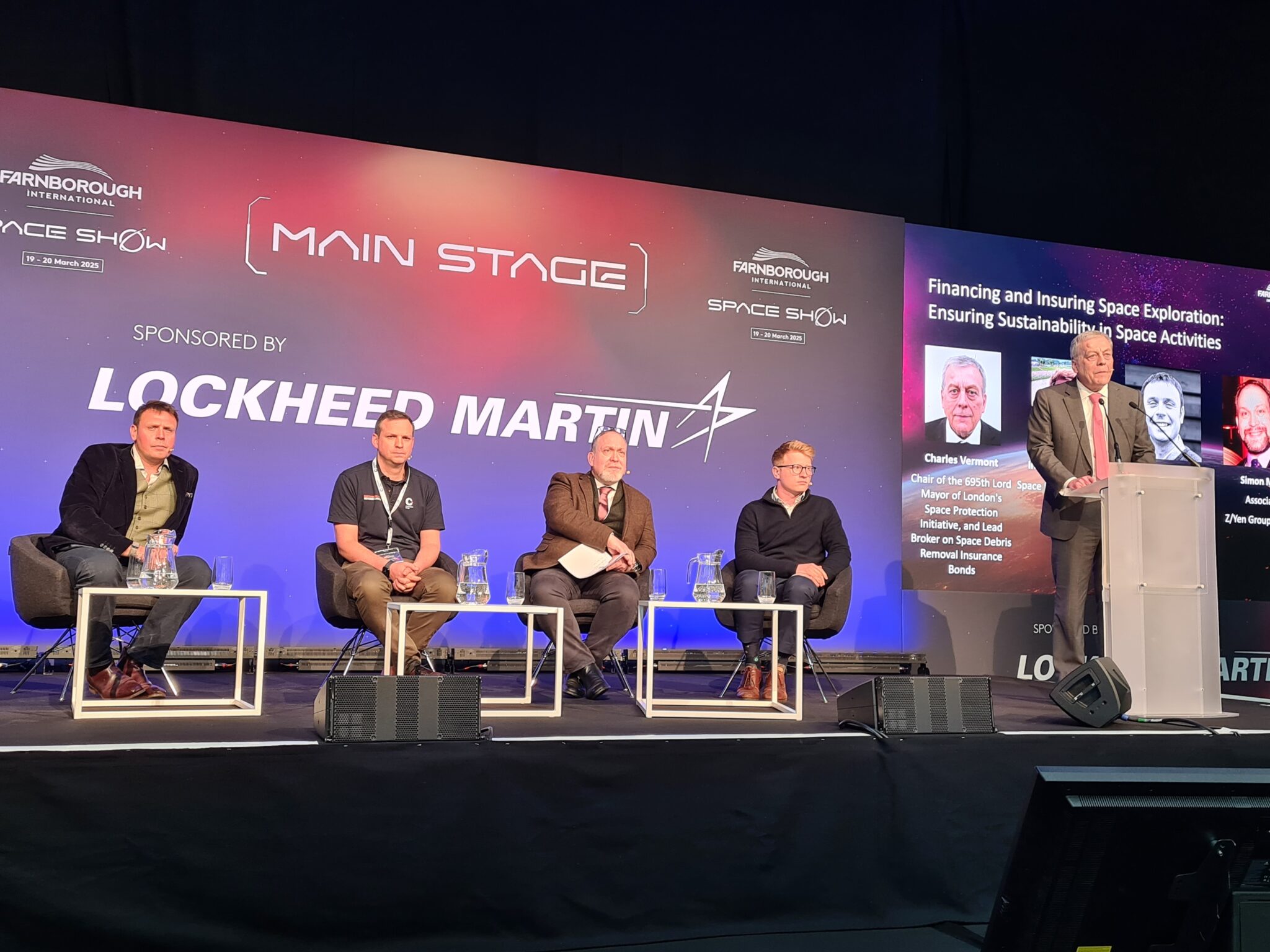Participating in the Satellite 2016 conference CEOs’ session in March, satellite operator Telesat’s CEO Daniel Goldberg declared that he used to be a LEO sceptic, given its poor historic experience within the commercial space industry. However now he thinks that technological advances have changed the outlook for this space communications architecture from negative to positive.
A key technology he cited is the introduction of new low cost, small footprint phased array ground antennae, which can accept signals from any direction. In other words there is no need to physically track the passing satellite. Telesat plans to test out the phased-array concept using two satellites “within months” with an eventual aim of deploying a proposed Telesat low-Earth orbit constellation at an altitude of only 1,000km in order to ensure low latency (signal delay).
Comment by Tim Fuller: Phased array antennae are also key to the technical success and prospects of LEO constellation OneWeb. However, while OneWeb is using Ku-band for its frequencies which is hard to do given its problems with “rain fade” and other technical issues, Telesat are planning to use Ka-band which is technically even harder. The need to verify the technology may explain Telesat’s plan to experiment with this new technology.







